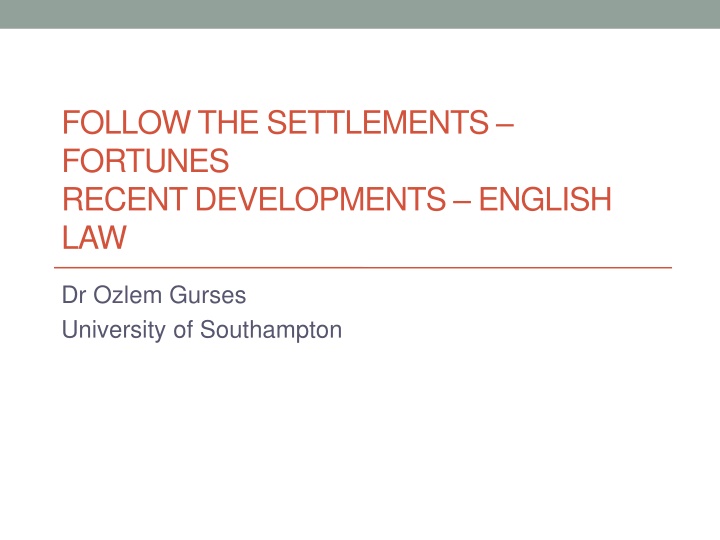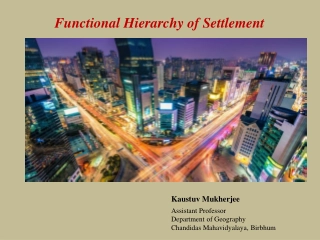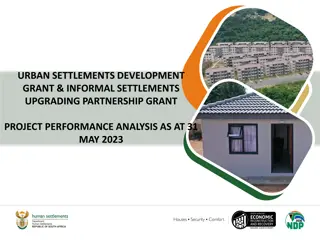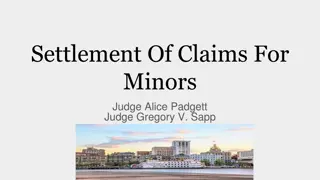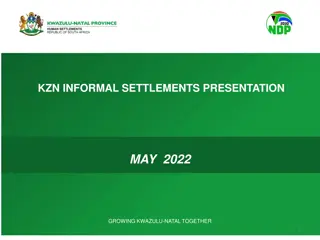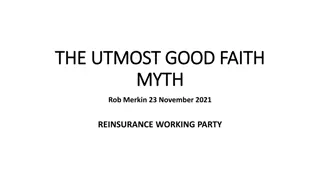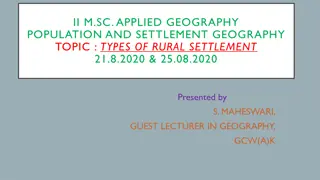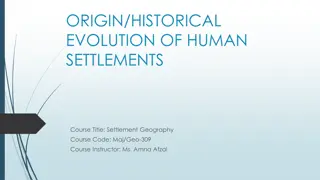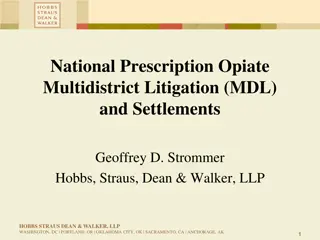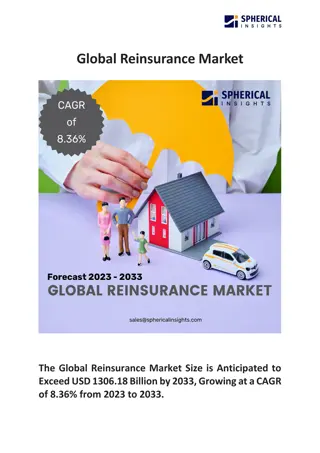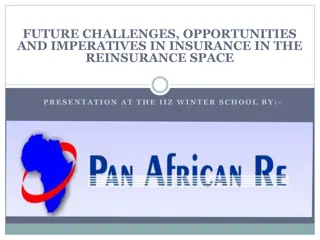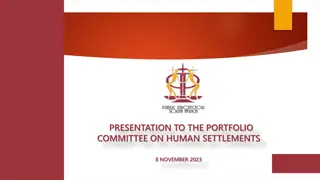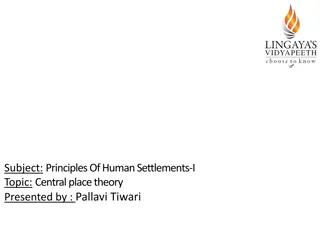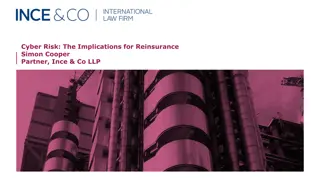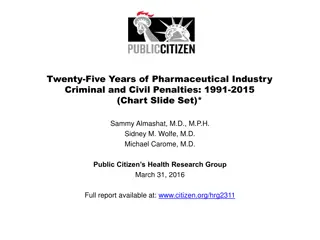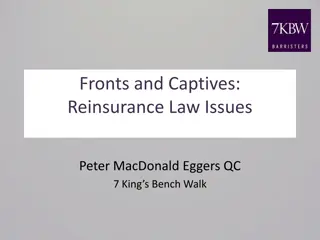Recent Developments in English Law: Understanding Reinsurance Settlements
Explore key legal concepts in reinsurance settlements under English law, including the burden of proof, qualified follow-the-settlements clause, and proof of loss against reinsurers. Case studies such as Hill v. Mercantile & General Reinsurance Co. Plc and New Zealand Local Government Insurance Corporation Ltd v. R+V Versicherung AG provide valuable insights into the workings of reinsurance agreements. Gain a deeper understanding of how settlement clauses impact liability and coverage in complex insurance arrangements.
Download Presentation

Please find below an Image/Link to download the presentation.
The content on the website is provided AS IS for your information and personal use only. It may not be sold, licensed, or shared on other websites without obtaining consent from the author.If you encounter any issues during the download, it is possible that the publisher has removed the file from their server.
You are allowed to download the files provided on this website for personal or commercial use, subject to the condition that they are used lawfully. All files are the property of their respective owners.
The content on the website is provided AS IS for your information and personal use only. It may not be sold, licensed, or shared on other websites without obtaining consent from the author.
E N D
Presentation Transcript
FOLLOW THE SETTLEMENTS FORTUNES RECENT DEVELOPMENTS ENGLISH LAW Dr Ozlem Gurses University of Southampton
Proof of loss against reinsurers Hill v Mercantile & General Reinsurance Co Plc. [1996] 1 W.L.R. 1239 First, that the reinsurer cannot be held liable unless the loss falls within the cover of the policy reinsured and within the cover created by the reinsurance. Second, that the parties are free to agree on ways of proving whether these requirements are satisfied.
Qualified follow the settlements clause New Zealand Local Government Insurance Corporation LTD v R+V Versicherung AG [2013] NZHC 690 Christchurch earthquake A quota share reinsurance (reinsured s share 67.5 per cent, reinsurers : 32.5 per cent) Excess of loss reinsurance for the 67.5 per cent that the reinsured retained
New Zealand v R+V Versicherung XL reinsurance provided : (emphasis added) All loss settlements made by the Reinsured, provided that they are within the terms and conditions of the original policies in respect of the business covered hereunder and of this Reinsurance, shall be binding upon the Reinsurers, and amounts falling to the share of the Reinsurers shall be payable by them upon reasonable evidence of the amount paid being given by the Reinsured.
Burden of proof Qualified follow the settlements clause: The onus is NOT on the reinsurers to prove that a particular loss has not been properly settled within the terms of the policy; it IS on the reinsured to prove that it has.
Tokio Marine Europe Insurance Ltd v Novae Corporate Underwriting Ltd [2015] 1 All E.R. (Comm) 168 / [2014] Lloyd's Rep. I.R. 638 ACE insured Tesco The cover was for 100 million any one Occurrence or any series of Occurrences consequent upon or attributable to one source or original cause .
TMEI v Novae TMEI reinsured ACE Novae retroceded TMEI subject to an excess of 53 million each and every Loss Occurrence and a limit of indemnity of 25 million each and every Loss Occurrence .
Retrocession This Contract is subject in all respects to the same terms, clauses and conditions as original and without prejudice to the generality of the foregoing, Reinsurers agree to follow all settlements (excluding without prejudice and ex-gratia payments) made by original Insurers arising out of and in connection with the original insurance and to bear their proportion of any expenses incurred whether legal or otherwise in the investigation and defence of any claim hereunder in addition to limits hereunder.
TMEI v Novae Is there a presumption of back to back cover in non- proportional reinsurance? Original cause (insurance contract): an aggregate deductible where there is a single common source, which could presumably be regarded as heavy rainfall or the bursting of the river s banks. occurrence refers to specific losses which happen at a particular time, at a particular place, in a particular way Retrocession - Loss occurrence?
Non-proportional reinsurance - Back to back? As original incorporated the definition of occurrence in to the retrocession But does loss occurrence mean anything different to occurrence which would eliminate the presumption of back to back cover? The retrocession was non-proportional but It bore many similarities to the underlying agreements and Indeed was identically worded.
Burden of proof Follow the settlements (unqualified) The question is NOT whether whether the claim settled fell within the terms of the reinsurance on the balance of probabilities The question IS whether the claim so arguably fell within the terms of the reinsurance.
Burden of proof The retrocessionaire bears the burden of proof that the settlement was not bona fide and businesslike. The judge noted: Had Novae wished to avoid these consequences, it could have insisted upon a qualified follow the settlements clause (or, indeed, no follow the settlements clause at all) so that it would have been necessary for TMEI to prove coverage under the retrocession as a matter of law (on the balance of probabilities). However, Novae had not done that.
